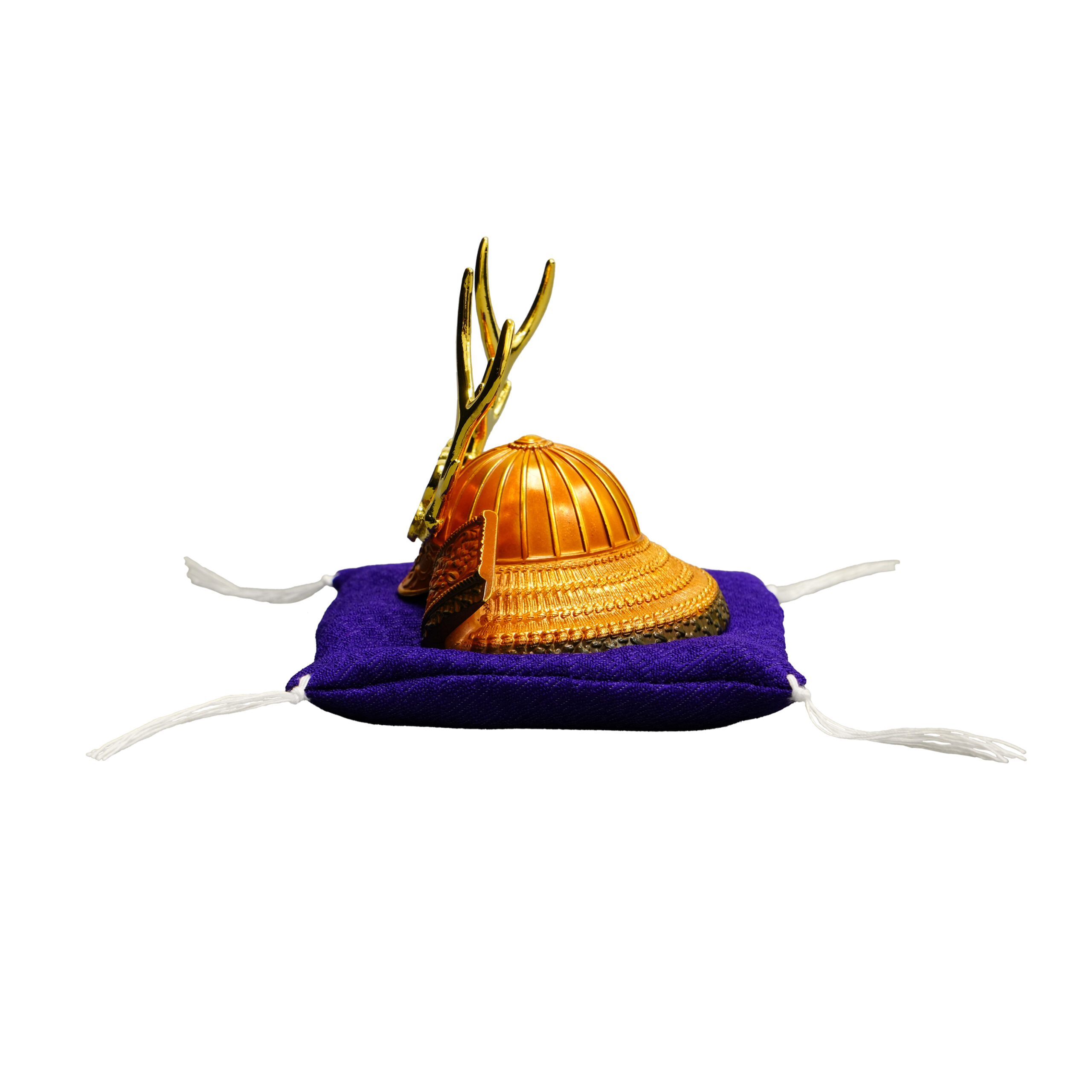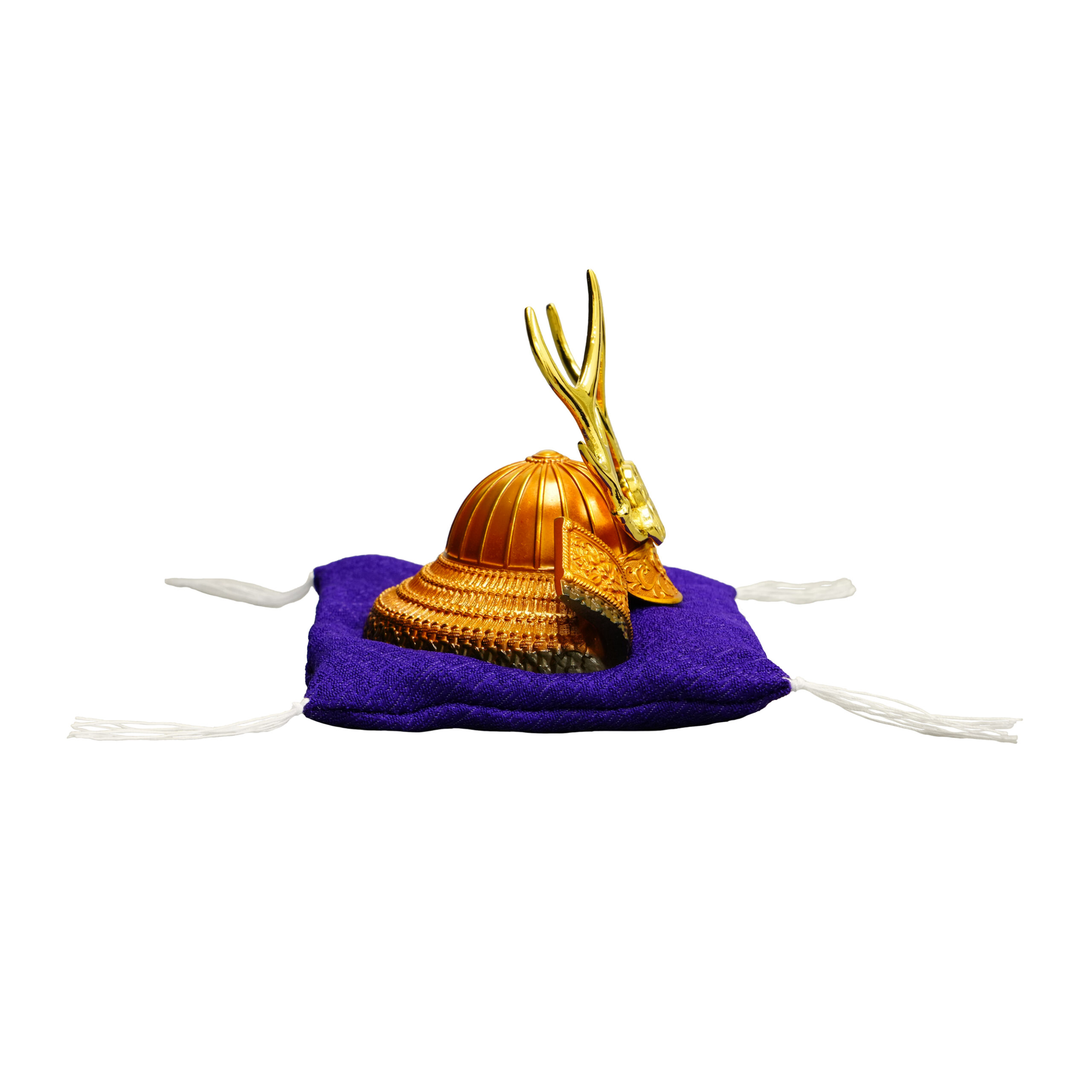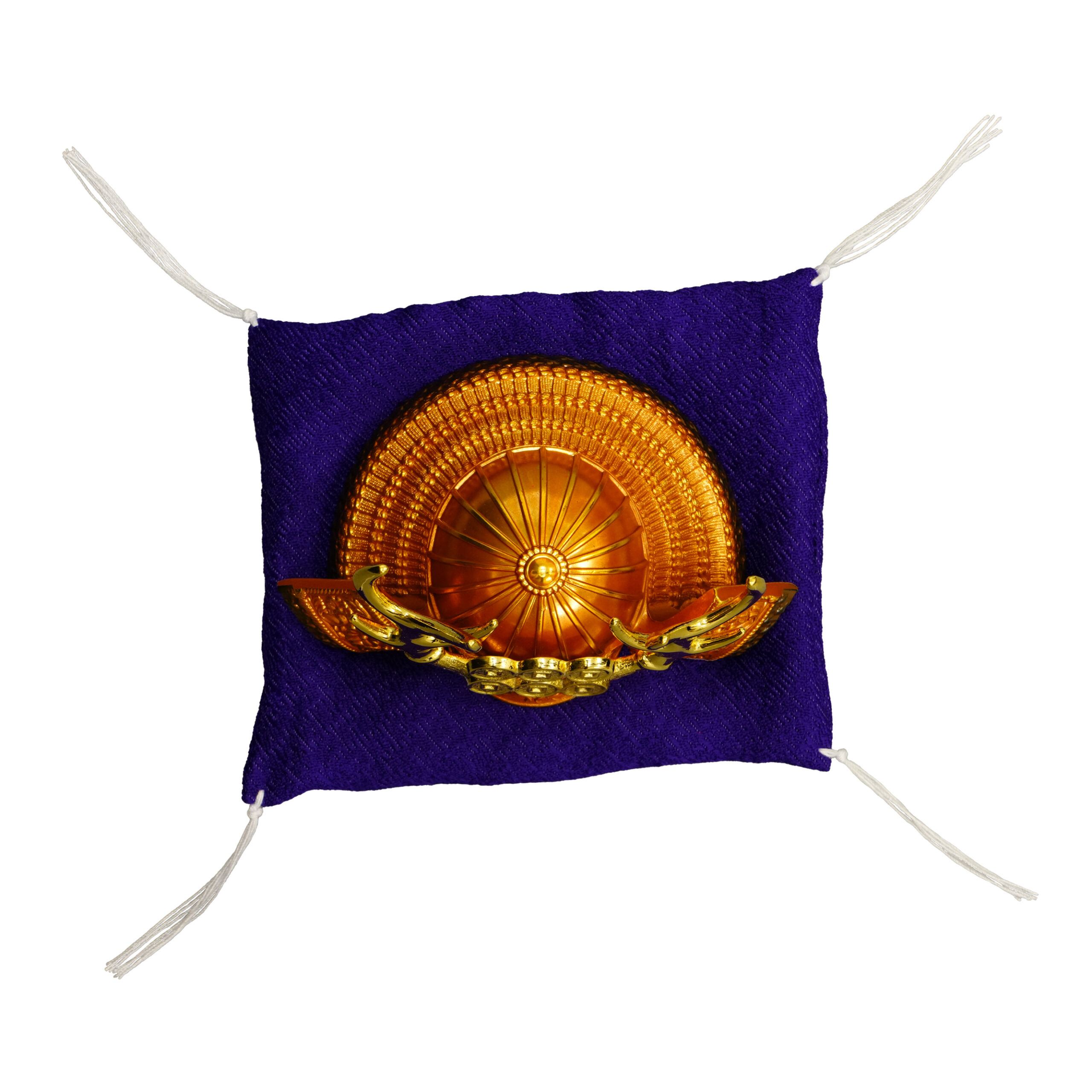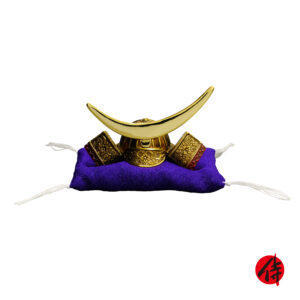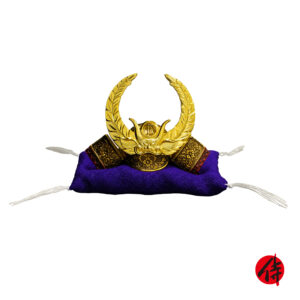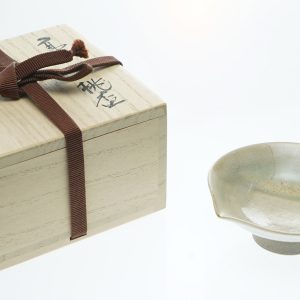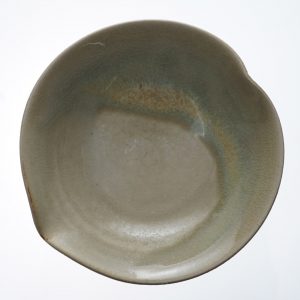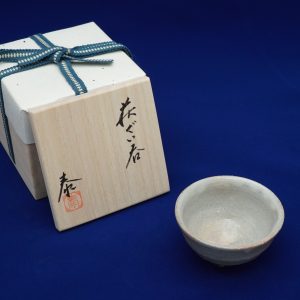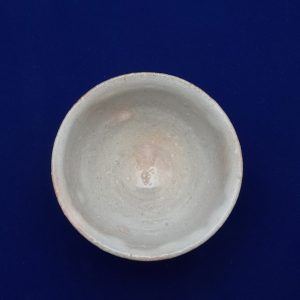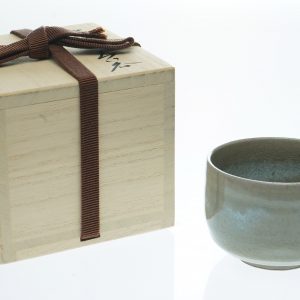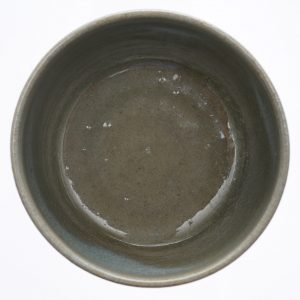Description
This gift is made in Japan. It is called the Takaoka Copper Crafts, which is a traditional craft in Japan. A famous Samurai’s helmet is designed on each one.
This Samurai helmet-shaped figurine is inspired by Sanada Nobushige (真田 信繁), who is generally known as Sanada Yukimura (真田 幸村). Yukimura was born in Shinano-no Kuni (信濃国, today’s Nagano prefecture) as the second son of Sanada Masayuki (真田 昌幸). There are two theories about his birth year, 1567 or 1570. It is because there is a record that Yukimura was 49 or 46 years old when he passed away in 1615. Considering the year of his death, there are several possibilities for his birth year. In addition to Yukimura Sanada, the Sanada family is also a family shrouded in many mysteries. The Sanada family came to serve the Takeda (武田) family during the era of Yukimura Sanada’s grandfather, Sanada Yukitaka (真田 幸隆). However, almost no historical materials are left before he served the Takeda family, and the Sanada clan suddenly appeared in the era of Yukitaka. One theory says that a family with a different surname who lived in Sanada-go (真田郷) changed their name of clan. However, it is not sure today. In any case, the Sanada family excelled in military prowess, and the Takeda clan highly valued them.
Yukimura was born in a chaotic time of continuous fighting. Due to the rise of Oda Nobunaga (織田 信長), the Takeda family, which the Sanada family served, was also preparing to fight against the Oda forces. Even after Yukimura’s grandfather passed away, his father fought hard. However, the head of the Takeda family passed away before the battle with Oda. While his son succeeded him, Oda Nobunaga invaded and destroyed the Takeda family. After that, the Sanada family continued to survive by changing their masters.
Although Yukimura had some unfortunate times, such as being taken hostage, he was a military commander whose talent as a tactician was recognized by the ruler of Japan, Toyotomi Hideyoshi (豊臣秀吉). Yukimura’s most significant accomplishments include his role in the Osaka-no Jin (大阪の陣, Battle of Osaka), which was fought between the Tokugawa and Toyotomi forces in 1614-1615. During the Fuyu-no Jin (冬の陣, battle in winter), Yukimura built a fort called the Sanada Maru (真田丸) to the southwest of Osaka Castle, causing great hardship to the Tokugawa army. During the Natsu-no Jin (夏の陣, battle in summer), Yukimura pushed Ieyasu into a corner. In this way, Yukimura was praised as the Hinomoto Ichi-no Tsuwamono (日本一の兵, Japan’s best soldier). It is said that Tokugawa Ieyasu was prepared to commit suicide twice. We imagine how the strength of the Sanada forces was so great. However, Yukimura could not take Tokugawa Ieyasu’s head, and he had already lost many soldiers and ran out of strength before the Tokugawa reinforcements. The Osaka-no Jin ended in victory for the Tokugawa side, and the Toyotomi family was destroyed. The era of the Tokugawa family began.
It is said that Yukimura and his father were each wise military commanders. Yukimura, in particular, was an excellent military commander who excelled in battlefield strategy and was able to incorporate effective tactics into the next battle based on his experience in past conflicts. He had no notable accomplishments when he was young and became active in his 40s. However, his brilliant skills impressed many military commanders at the time, and both friends and foes highly regarded Yukimura. In the last big battle, the Battle of Osaka, Yukimura realized that the Toyotomi side he served would be defeated, but he remained loyal to the end and did not defect to the Tokugawa side. One of the reasons why he is loved by many Japanese people even today is because of his purity in scattering lives through righteousness.
What is Takaoka Copper Crafts?
It is considered to be the root of Takaoka Douki (高岡銅器, Takaoka Copper Crafts) that the Kaga Maeda (加賀前田) family invited seven foundries to Takaoka (高岡) area in the early Edo period. At first, iron castings for agricultural machinery and other products were the mainstay, which grew to become Takaoka town’s primary industry. It started as hardware for daily necessities, but copper castings eventually began to be produced.
Copper casting is a material that could be used to create complex and delicate shapes compared to iron and other materials and has the advantage of being highly workable. In the late Edo period, works of art and Buddhist utensils began to be made that took advantage of the characteristics of copper. As the number of varieties increased, decorative techniques such as coloring, inlay, and metal engraving also developed, and the products were exhibited at the 1867 Paris Universal Exposition and received very high praise. After that, from the Meiji period to the Taisho period, innovations in manufacturing techniques occurred, and production increased dramatically, leading to the area being recognized as a significant producer of copperware. Copper also has excellent corrosion resistance and does not rot like iron even when exposed to wind and rain, so many bronze bells and swords excavated from ancient ruins have retained their original form and are more than 1,000 years old. Many of the pagoda-top metal objects and utensils of the temples that were preserved retain their beauty even today.

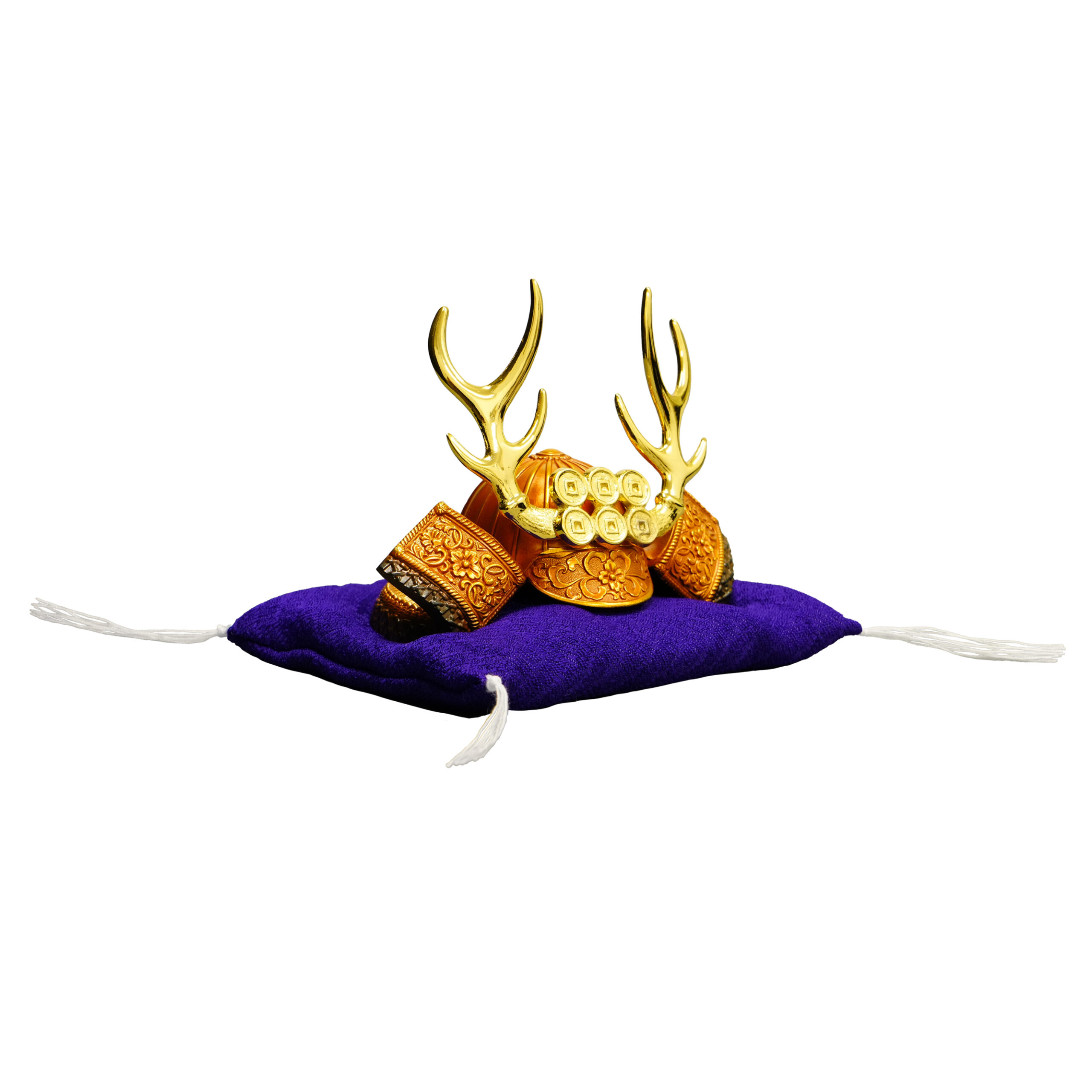

【About us】
Samurai Museum is located in Tokyo, Japan, exhibiting antique artifacts related to the Samurai history. Samurai Museum Shop is the place for those who are interested in Japanese culture and craftsmanship. We deal with antique Samurai swords/armor, traditional crafts made in Japan and so on.
【Payment method】
We accept payment through Stripe (Credit card), PayPal, Apple Pay or ChromePay, all of which are secure payment methods. Also, you don’t need to make an account on Stripe for the checkout. If you prefer other payment method, please contact us. You may either pay in JPY, USD, AUD, CAD, EUR, CHF or GBP. The price is set in Japanese Yen. Prices in other currencies are automatically calculated based on the latest exchange rate.

【Shipping duration】
We normally ship via EMS (Express Mail Service) provided by Japan Post. It usually takes at least 5-14 days to deliver the package after you place an order. Time of delivery is estimated as accurately as possible by the carrier but does not take into account any delays beyond our control such as by inclement weather, post office holiday seasons.
We offer Free International Shipping as long as we can ship your order by EMS. If you prefer other shipping carriers, please contact us.
We will inform you of the order’s tracking number via email. Please make sure you fill out your valid email address correctly.
*Please keep in mind that due to the spread of COVID-19, there might be possible delays in delivery. If you like to make sure if EMS shipping is available to your country, please contact us.

【Give the Tsuba as a special gift】
Are you looking for a special gift for a person who is interested in Japanese culture? We recommend you to give an antique Tsuba as a present for your significant other. Tsuba is an integral part of the Samurai sword, which was once a primary weapon for Samurai. Each Tsuba is a unique item and has a different design. We hope it would be a memorable gift. Now it is time for you to share the beauty of a piece of Samurai history with your family members or friends, for instance. Also, gift wrapping is available for Tsuba; it is for free. Here is an example of wrapping. For more information, please feel free to contact us. It is always our pleasure to serve you.
Would you like see some more Samjurai helmet figurine for sale? Please check the link below. We hope you can find your favorite one.
